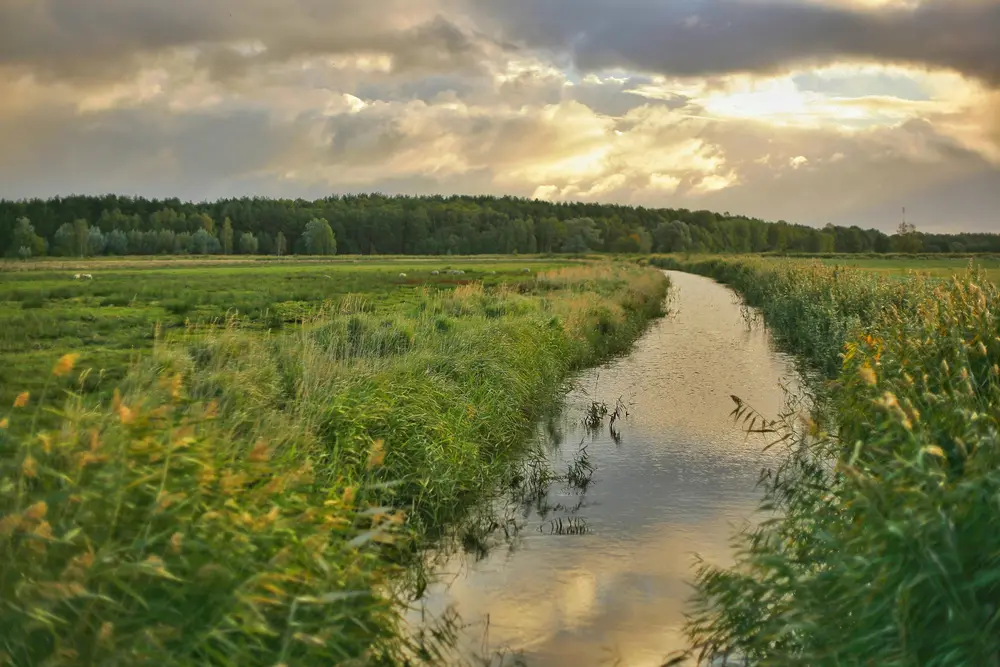
While rivers are popular magnets for fishing, boating, and kayaking, they are also potential powerhouses in the fight against climate change. Rivers and streams carry inorganic carbon from land to oceans in a process called lateral carbon flux. In recent years, environmental engineers have proposed to utilize this movement in a class of carbon sequestration strategies known as “enhanced weathering,” in which atmospheric carbon is redistributed to the ocean through agricultural soil.
Although interest in accelerating the routing of carbon from the atmosphere into landscapes and waterways has fueled a surge of investment in enhanced weathering, researchers from the Department of Earth Science and Environmental Change and The Grainger College of Engineering at the University of Illinois Urbana-Champaign wondered if extreme weather conditions fueled by climate change could also, paradoxically, be a bottleneck to these mitigation efforts.
“We often associate climate change with the earth getting warmer,” said Jinyu Wang, a graduate student in the lab of Jennifer Druhan, professor of earth science and environmental change and civil and environmental engineering. “But it also brings more frequent and intense severe weather conditions like floods, storm events, and drought. It’s more than just, ‘the ice is melting.’”